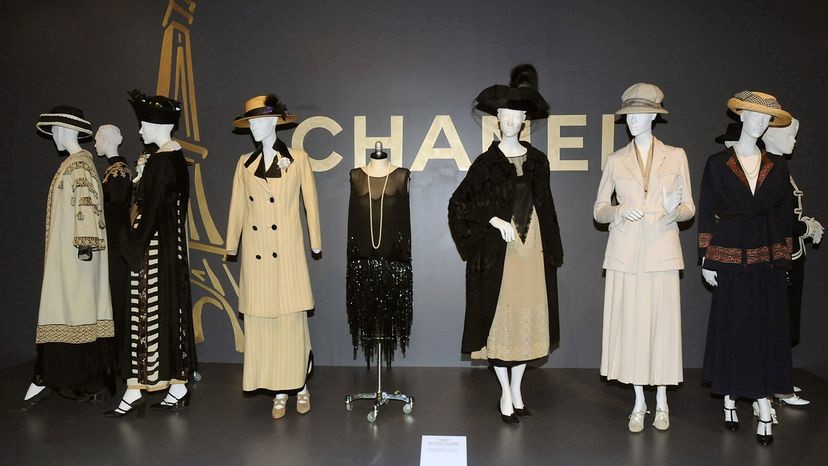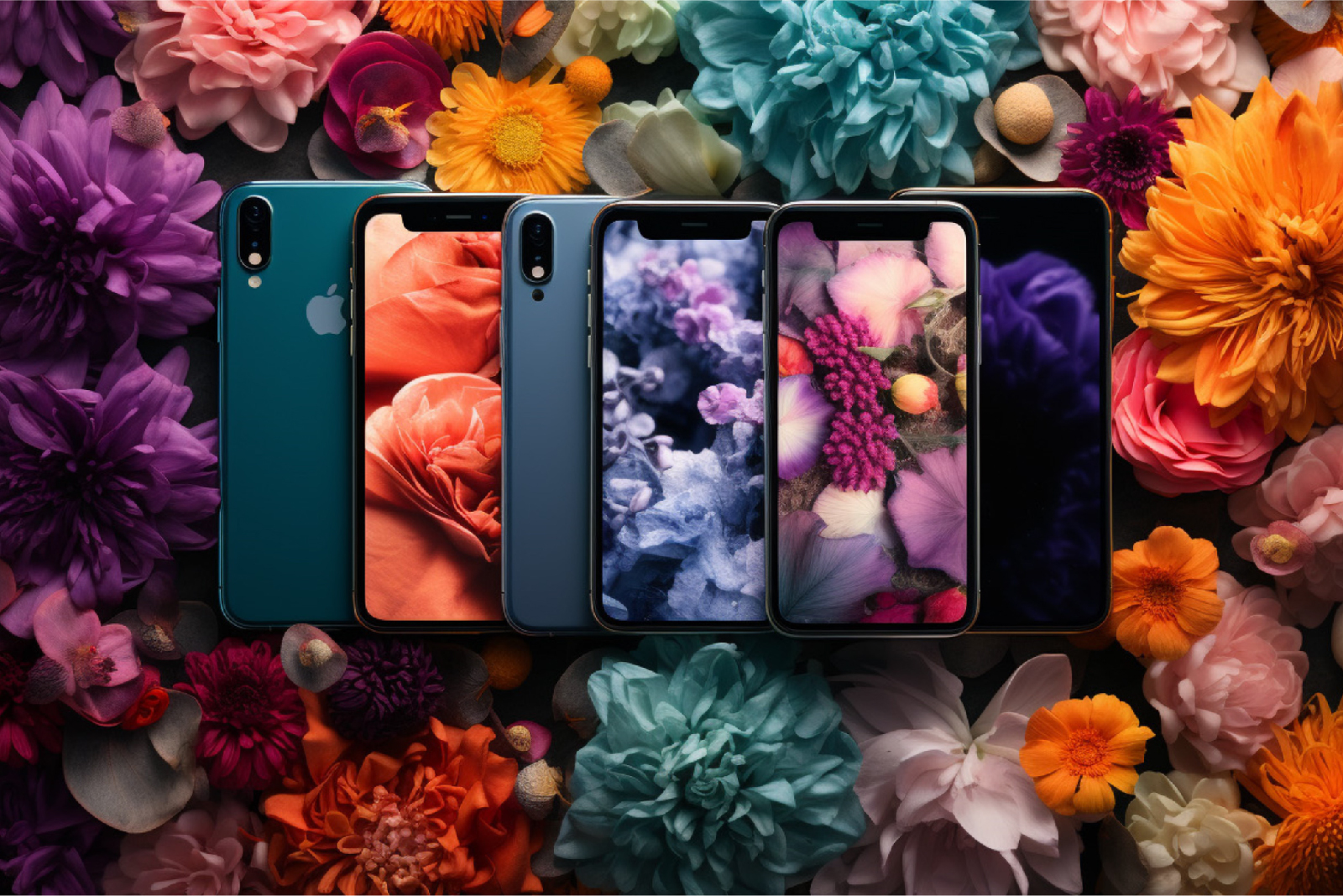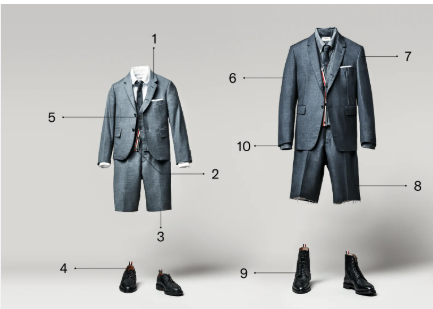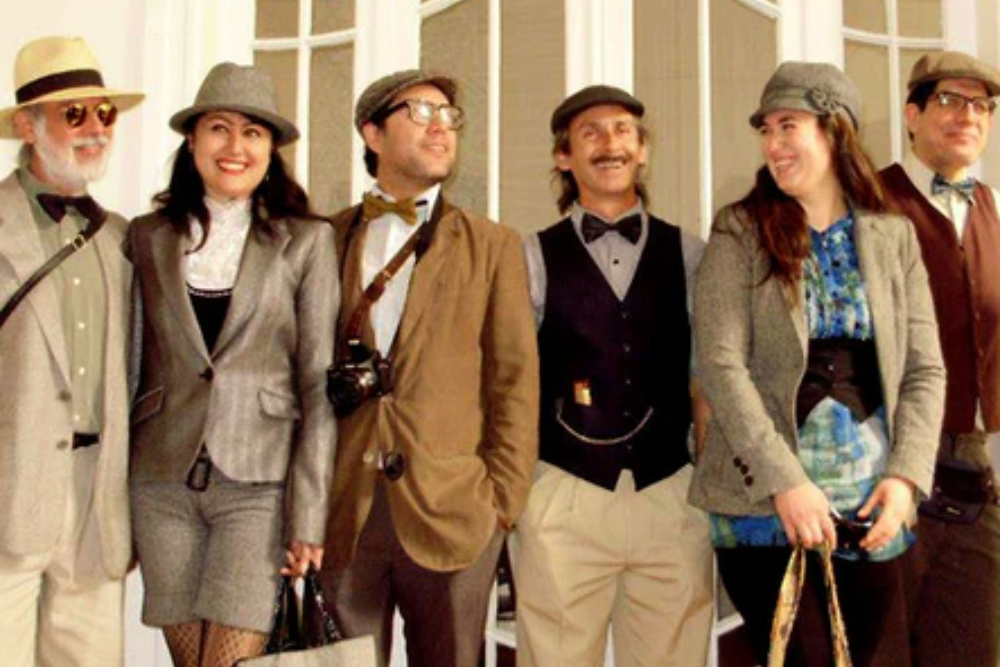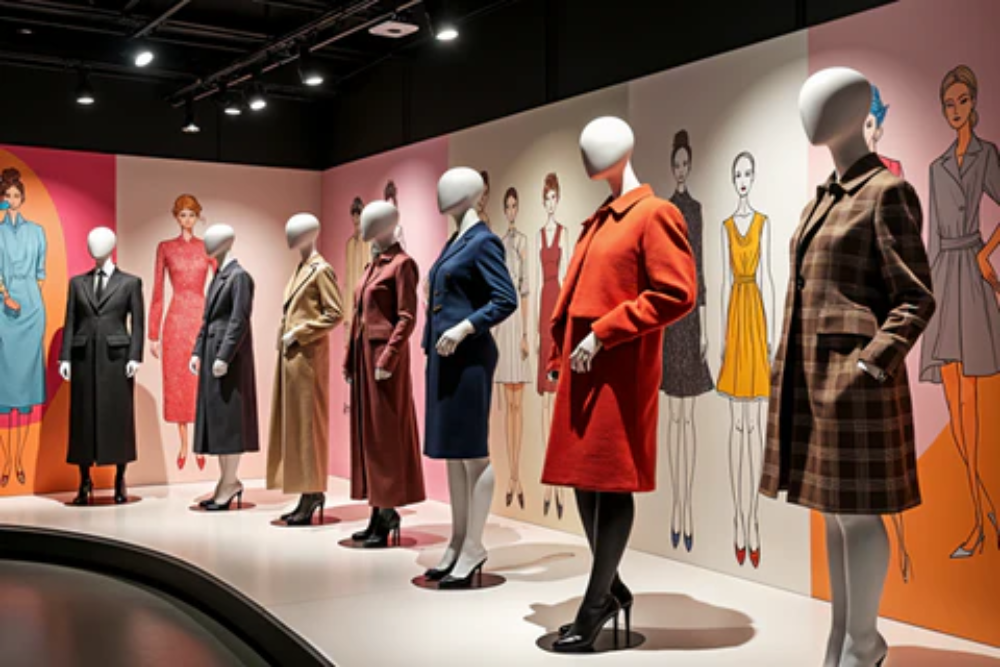Introduction
Coco Chanel, born Gabrielle Bonheur Chanel in 1883, is a name synonymous with fashion innovation, elegance, and a sense of freedom that resonated with women worldwide. Widely regarded as one of the most influential designers of the 20th century, Chanel’s legacy transcends clothing; she redefined the modern woman’s role in both society and the fashion industry. This article explores Coco Chanel’s groundbreaking impact on fashion, from her iconic designs and timeless innovations to the cultural and societal changes she championed.
- Early Life and the Birth of a Fashion Icon
Chanel’s humble beginnings were far removed from the world of high fashion. Born in Saumur, France, she spent her early years in an orphanage after her mother’s death and her father’s abandonment. It was in the convent where she learned to sew, a skill that would later become her foundation for her career in fashion. Chanel’s early life experiences shaped her understanding of simplicity and practicality, which would heavily influence her designs.
Her first foray into fashion was in the world of millinery, where she opened a small hat shop in Paris in 1910. Her simple yet elegant hats caught the attention of high society, and her career took off from there. Over the years, Chanel’s designs evolved into a global empire, driven by her ability to blend the boundaries between fashion, comfort, and empowerment for women.
- Challenging Traditional Women’s Fashion
Before Chanel, women’s fashion was defined by rigid corsets, heavy skirts, and intricate, uncomfortable designs. These styles were not only restrictive but symbolized the subordinate status of women in society. Coco Chanel disrupted this traditional style, introducing clothing that was functional, comfortable, and empowering.
The Little Black Dress (LBD)
One of Chanel’s most iconic contributions to fashion was the creation of the “little black dress.” In 1926, she introduced a simple black dress in a Vogue editorial that was both chic and accessible. Previously, black was reserved for mourning, but Chanel transformed it into a symbol of elegance and sophistication. The LBD became a staple in women’s wardrobes, offering versatility and timeless style.
The Suit and Trousers for Women
Chanel is credited with liberating women from the constraints of skirts and dresses. In the 1920s, she introduced the Chanel suit, which combined masculine tailoring with feminine elegance. The iconic tweed jacket and skirt suit reflected her desire to provide women with clothing that allowed them to move freely and confidently while still maintaining an air of sophistication.
Chanel also made trousers fashionable for women. In the early 20th century, it was scandalous for women to wear pants in public, but Chanel integrated trousers into her collections, empowering women to break free from the limitations imposed by society.
- The Chanel No. 5 Perfume: A New Era in Fragrance
Chanel’s impact on fashion is not confined to clothing alone. In 1921, she introduced Chanel No. 5, the world’s first modern fragrance. Created with the help of perfumer Ernest Beaux, Chanel No. 5 was revolutionary in its use of synthetic ingredients, which gave the perfume a fresh, complex scent unlike any fragrance before it. The perfume was an immediate success, becoming a symbol of sophistication, luxury, and modernity.
Chanel No. 5 continues to be one of the best-selling perfumes in the world, with its iconic bottle and distinctive scent representing timeless elegance. The fragrance was integral in reshaping how women viewed perfume, making it a symbol of personal style and self-expression.
- Embracing Minimalism and Simplicity
Chanel’s design philosophy centered on the idea that simplicity was the key to true elegance. In an era dominated by extravagance, where fashion was about opulence and excess, Chanel embraced minimalist principles. She was known for her use of clean lines, monochromatic colors, and understated accessories. Her designs were not about ostentation but about refined elegance and practicality.
The Chanel Suit
Perhaps the most iconic piece in Chanel’s legacy is the Chanel suit. Introduced in the 1920s, this simple yet sophisticated design incorporated masculine tailoring with feminine features, including a collarless jacket, a trim silhouette, and a straight-cut skirt. The suit was designed for women who wanted to assert their independence while maintaining an air of elegance. It became a symbol of feminine power and sophistication, setting the stage for modern professional women’s wardrobes.
The Quilted Handbag
Chanel’s quilted leather handbag, introduced in 1955, is another example of her innovative approach to fashion. Practical and chic, the bag was designed with a chain strap, making it easier for women to carry their belongings without sacrificing style. It is still considered one of the most iconic accessories in fashion history.
- Revolutionizing Women’s Accessories
Coco Chanel’s contributions to women’s accessories were groundbreaking. She rejected the ornate, jewelry-heavy designs popular at the time and instead focused on simple, elegant pieces that complemented her clothing designs.
Pearls and Costume Jewelry
Chanel is often credited with making costume jewelry fashionable. She popularized the use of faux pearls, which were previously seen as inferior to real pearls. Chanel embraced their versatility and used them in her designs to create luxurious yet accessible jewelry. Her love for pearls led her to create multi-strand pearl necklaces that became synonymous with her brand’s aesthetic.
Chanel’s Use of Gold Chains
Chanel was also known for her use of gold chains in her accessories, particularly in her handbags. The interlocking C logo, introduced in 1925, became a symbol of luxury and sophistication, and the use of the chain strap added both functionality and elegance to her designs.
- Chanel’s Influence on Fashion Culture and Society
Coco Chanel’s impact on fashion extended beyond the garments she designed; she played a pivotal role in reshaping the way women viewed themselves and their place in society.
Empowering Women
Chanel’s designs were revolutionary because they liberated women from the constraints of traditional fashion. She rejected the opulence and complexity of 19th-century fashion in favor of simplicity and functionality. Her designs allowed women to express themselves freely and comfortably, which mirrored the changing social and political landscape of the early 20th century.
Chanel was also an early feminist figure, advocating for women’s independence and freedom. She was one of the first designers to promote sportswear for women, recognizing that women needed functional, comfortable clothing that enabled them to participate in active lifestyles.
Chanel and the Modern Woman
Chanel’s designs were a direct response to the changing roles of women in the post-World War I era. The war had dramatically shifted gender roles, and women were entering the workforce and participating more actively in public life. Chanel recognized this shift and designed clothing that reflected the modern woman’s desire for both elegance and freedom. Her clothes were not just for the wealthy elite—they were for all women who wanted to embrace a new, independent identity.
- The Legacy of Coco Chanel
Coco Chanel’s influence on fashion continues to be felt today. Her timeless designs and groundbreaking ideas have left an indelible mark on the fashion world. The House of Chanel, which she founded in 1910, remains one of the most iconic and successful fashion brands in the world.
The Timelessness of Chanel’s Designs
Chanel’s philosophy of simplicity, elegance, and practicality has influenced generations of designers and continues to inspire modern fashion. The little black dress, the Chanel suit, and the quilted handbag are just a few examples of her enduring contributions to fashion that remain relevant to this day.
The Chanel Brand Today
Under the leadership of Karl Lagerfeld (who succeeded Chanel as head designer in 1983) and later Virginie Viard, the Chanel brand continues to thrive, maintaining its commitment to elegance, innovation, and sophistication. The legacy of Coco Chanel is not just in the garments and accessories she created but in the spirit of empowerment, independence, and modernity that her designs embodied.

